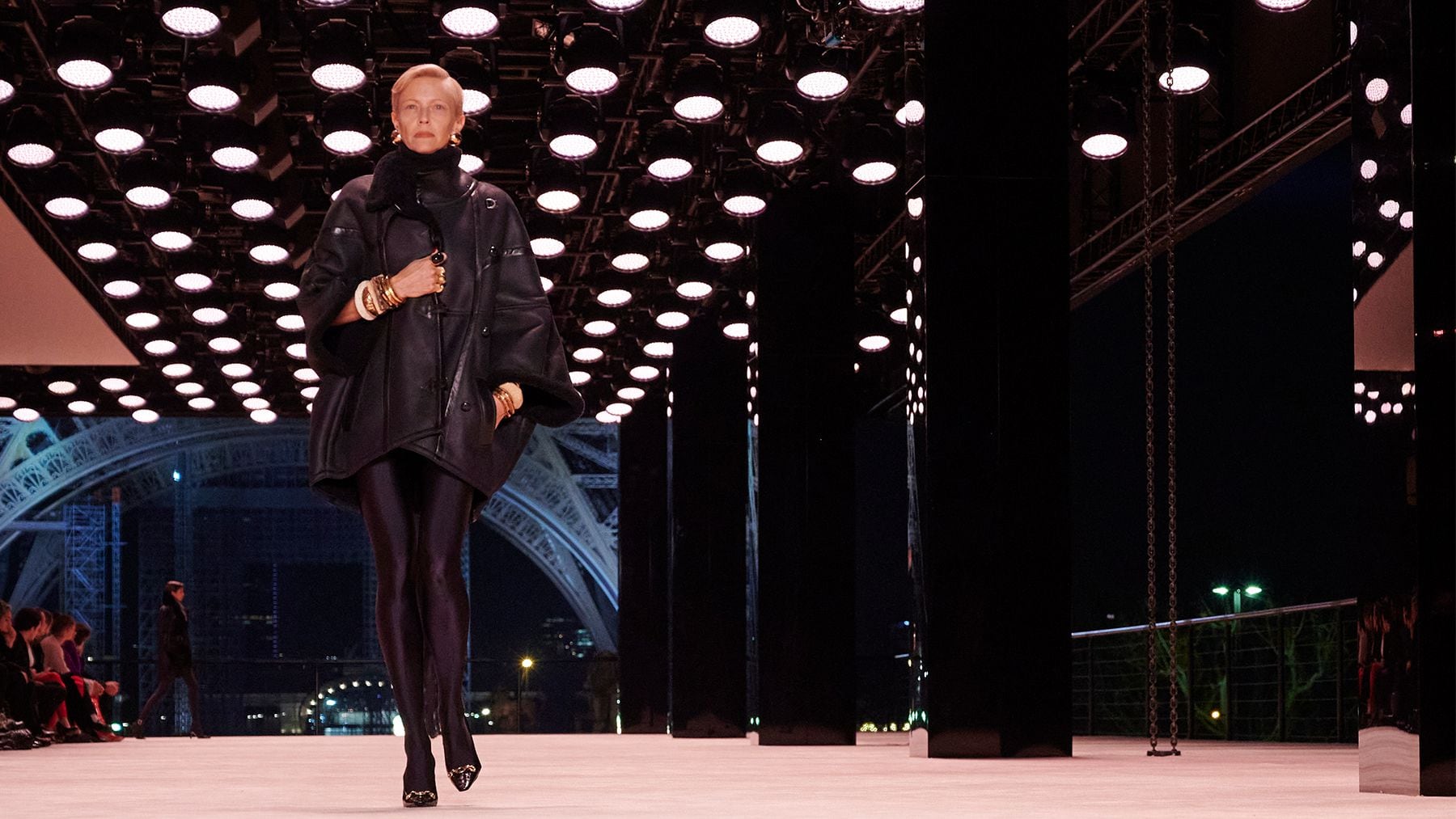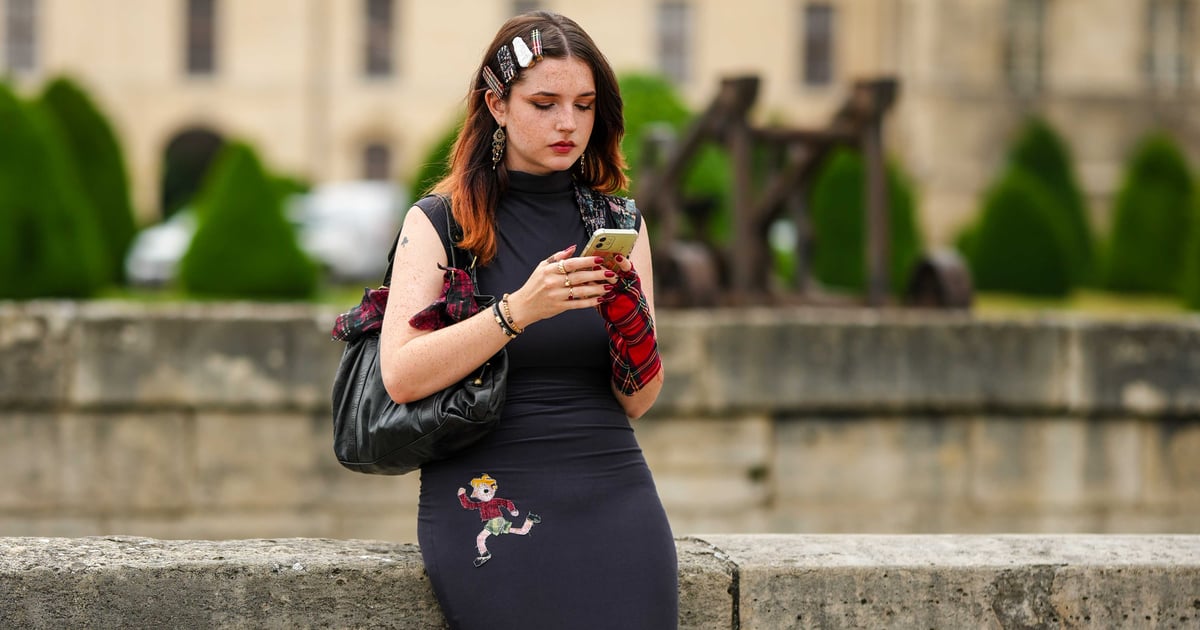Departed Designers, Living Legacies | BoF
PARIS — Fashion loves hyperbole. On the eve of Monday’s Off-White show, the last one in which the late Virgil Abloh had a direct hand, Louis Vuitton CEO Michael Burke told BoF’s Vikram Kansara that he believed Off-White could become an “eternal” brand on the scale of Dior. “If the legacy is rich, authentic and steeped in values that go beyond fashion, the odds of turning a passing into something eternal are spectacular,” said Burke.
The day after Off-White, Maria Grazia Chiuri showed her latest collection for Dior. She is the sixth designer to lead the house since Christian Dior died in 1957 at the age of 52. Later on Tuesday, Anthony Vaccarello showed his new collection for Saint Laurent. Yves Saint Laurent was, of course, Dior’s designated heir. He was 71 when he died in 2008, and, like Dior, his legacy has been nourished by a string of standard bearers.
Dead designers, living legacies — you could scarcely wish for a more comprehensive survey of the challenges, controversies and occasional triumphs that await those who would hitch their wagons to a fallen star than the houses of Dior and Saint Laurent. They provide a roadmap for those who would elevate Off-White to eternity.
First comes the myth-making: the magic Christian, emperor of the New Look, snatched in his prime; Yves the troubled genius, wizard of the modern wardrobe. Now it’s Virgil’s turn.
The Off-White show confirmed Abloh’s pop cultural sainthood, a paradigm already established at the Louis Vuitton show in Miami that followed his death. On Monday, a gigantic chandelier turned the Palais Brongniart into a ballroom in heaven. (It was actually a replica of the chandelier that hung in the hall where the Paris Peace Conference of 1919 was conducted, a possible testament to Abloh’s prescience). A white-suited boy traversed the venue bearing a banner printed with one of Abloh’s favourite slogans: “Question Everything.” It was the kind of rallying action that so many of Abloh’s initiatives aimed to inspire.
The show itself was a two-parter. First came sportswear in the broadly inclusive spectrum that Abloh always favoured as an antidote to what he saw as fashion’s innate tendency to exclude. It was so easy to picture the torrent of his ideas geysering via WhatsApp, everything from hyper-puffa-ed outerwear and mega-cargo-pocketed utility to the multi-perforations which were a motif of the collection (whenever I see that detail, I’m reminded of Comme des Garçons’ “new lace”), to bias-cut lamé and Malick Bodian supremely elegant in a grey flannel jacket, long pleated skirt and pants.
Part Two was Off-White dressed to the nines, its couturability triggered on the catwalk by the likes of Naomi Campbell, Cindy Crawford, Helena Christensen, Amber Valletta, Mariacarla Boscono and Karen Elson. Abloh always had an eye for fashion’s Golden Nineties. Again, it was easy to imagine him casting with that in mind, embracing the past to create his own version of it for the future. If, as he said, the streetcar he rolled in on was streetwear, it was the beauty of couture he found truly compelling. So he turned it out.
Abloh loved tulle. And taffeta. And radzimir. He also loved tie dye and sneakers. His 28 “high fashion” looks were a compendium of his obsessions, exploded into formidable shapes that demanded attention and fearlessly courted ridicule, which was the same reaction Christian Dior got to his New Look in 1947. Not to say that Abloh’s be-sneakered bride is about to move fashion’s goalposts the way Dior did, but his instinct for making memorable images was clear. He would even claim “image-maker” as his designation when he was confronted by the ‘How-Dare-He?’ Brigade who objected to him being labelled a “designer.”
Meanwhile, Maria Grazia Chiuri would never call herself anything but. In her role at Dior, she has diligently woven the New Look blueprint with its iconic Bar jacket into her own commitment to celebrating the art and craft of women, rarely more so than in the collection she showed on Tuesday. That familiar waisted silhouette appeared in a number of seamed, corseted iterations, most strikingly when the padding that shaped the original Bar appeared as a detail on the outside of the jacket. Looking a little like a floatation device, it was actually the fruit of a collaboration with D-Air Lab, an Italian company which more usually produces high-performance technical wear. Chiuri claimed the padding would regulate body temperature, as would the luminescent veining that traced the jumpsuit which opened the show.
She said she’d been thinking about how technology for the home had become so sophisticated and wondering how the same principles could be applied to clothing, which houses our bodies. D-Air Lab also helped transform a pair of elegant New Look opera gloves into striking high tech leather gauntlets, and bound classic Dior pumps in techno-straps (an incongruous stand-out).
Aside from the fusion of tech and tradition, Chiuri continued to elaborate on her idiosyncratic dialogue between pragmatism and romance. (Those shoes again, draped with Dior’s favourite mimosa). Blanket checks and denim shared space with tulle and damask. And Chiuri will always love a diaphanous floor-sweeping princess dress. It was a big show, 80-plus looks, and it felt like she’d covered even more bases than usual, which meant she’d upped her hit rate. Maybe that was also in anticipation of “The Next Era,” this collection’s key catchphrase. Chiuri borrowed it from Mariella Bettineschi, the feminist artist whose work covered the walls of the show space. Bettineschi reconfigured famous female portraits, surreally doubling their eyes to intensify their gaze so they were coolly regarding us, no longer passive objects.
If Chiuri’s Dior is clearly “steeped in values that go beyond fashion,” one of Michael Burke’s criteria for “eternal” status, Anthony Vaccarello irises in deep on fashion to the exclusion of all else in his exploration of Saint Laurent’s legacy. He’ll pluck one theme from an old collection, one moment in Yves’s life to obsess over, but when the legacy is so “rich and authentic” (Burke again), Vaccarello’s monomania can become a thing of seductive conviction. That’s what happened on Tuesday when he transmuted Saint Laurent’s passion for Art Deco (something Yves expressed more through his décor than his designs) into a powerful, dramatic collection.
Dresses were long, languid, sometimes ruched into form-defining columns, the epitome of a certain kind of celluloid glamour, and accessorised with armfuls of huge chunky bracelets. (Vaccarello namechecked the feisty British writer/activist/muse/enduring fashion influence Nancy Cunard whom Man Ray photographed to great effect in the 1920′s, but Loulou de la Falaise, who was Yves’s own Nancy, also favoured an armful of bracelets). The colour palette was essentially the luminescent monochrome of old movies. But all of that was a support act for the main event: coats and jackets of a surpassingly luxurious impact. The furs in particular (faux, reaching new heights) demanded a Hispano-Suiza H6 parked at the curb outside.
What was being set up a few years back as the Roaring Twenties Redux has obviously headed south in waves of Covid and, now, war. Maybe we’re leapfrogging to the Thirties which, first time round, brought a maelstrom of a whole other order of malevolence. Vaccarello’s collection felt curiously prescient on that level. He closed his show with a stunning re-model of Saint Laurent’s iconic Le Smoking, the tuxedo dressing that revolutionised evening wear. Those were the days when the decadent whomp! of glam harked back to the Thirties, so I was effortlessly borne back through time to Helmut Newton’s equally radical images of Le Look. And thus did Anthony Vaccarello smartly, subtly manage to press button after button.
The essence of the fashion “eternal” somehow dwells in that kind of reaction, when the truly iconic triggers something deep inside. (I know, I know, fashion needs to retire the term “iconic,” but there are times when it’s the only word that truly works.) Both Dior and Saint Laurent have boundless reserves of such moments, to the point where everyone who has moved through those houses in the wake of their creators has been able to contribute moments of their own, Galliano at Dior being the most obvious example.
But they were such inner sanctums by comparison with the world of fashion today. Virgil Abloh’s triggers come from community, from a commitment to making the world a better, more inclusive place. He’ll be remembered for that, and it’s a memory that is likely to be incredibly durable. But grant him also the fact that he shared with his fashion brethren the eternal quest for transcendent beauty. It goes on and on and on.


